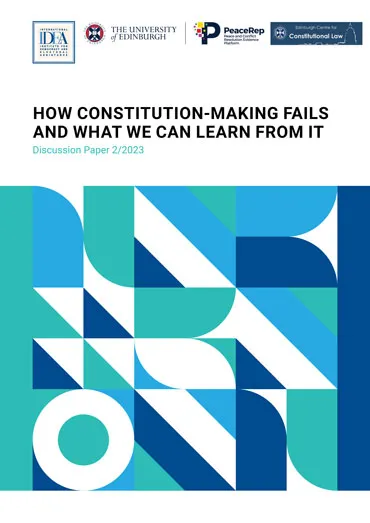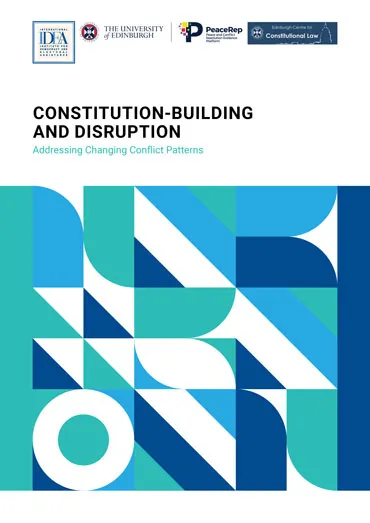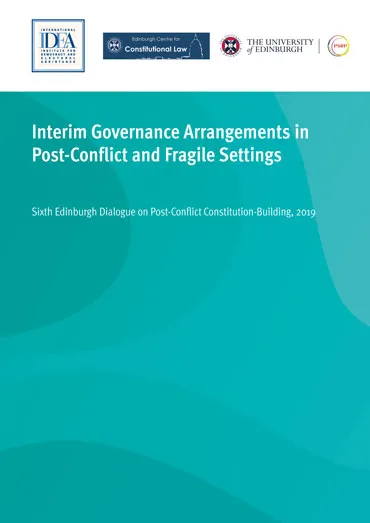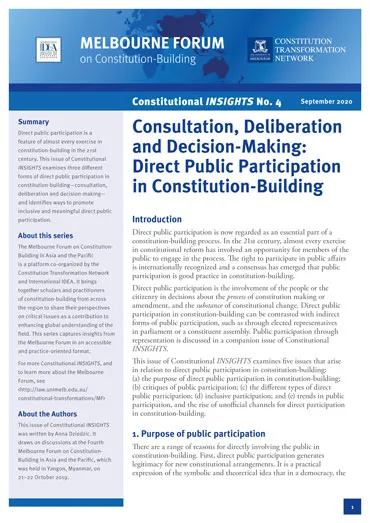Reconciliation after Violent Conflict
How does a newly democratized nation constructively address the past to move from a divided history to a shared future?
How do people rebuild coexistence after violence?
This Handbook presents a range of tools that can be, and have been, employed in the design and implementation of reconciliation processes. Most of them draw on the experience of people grappling with the problems of past violence and injustice.
There is no ‘right answer’ to the challenge of reconciliation, and so the Handbook prescribes no single approach. Instead, it presents the options and methods, with their strengths and weaknesses evaluated, so that practitioners and policymakers can adopt or adapt them, as best suits each specific context.
Details
Contents
Additional materials
Reconciliación luego de Conflictos Violentos. Resumen de Políticas
Foreword – Desmond Tutu
Preface – Karen Fogg
Acronyms
Part 1. Reconciliation: The Context
1. Reconciliation: An Introduction
2. The Process of Reconciliation
3. The Context of Reconciliation
Part 2. Reconciliation: The People
4. Victims
5. Offenders
Part 3. Reconciliation: The Instruments
6. Healing
7. Justice
8. Truth-Telling
9. Reparation
Part 4. The International Community
10. The International Community
11. Conclusion
Annexes
Give us feedback
Do you have a question or feedback about this publication? Leave us your feedback, and we’ll get back to you
Send feedbackReconciliation after Violent Conflict
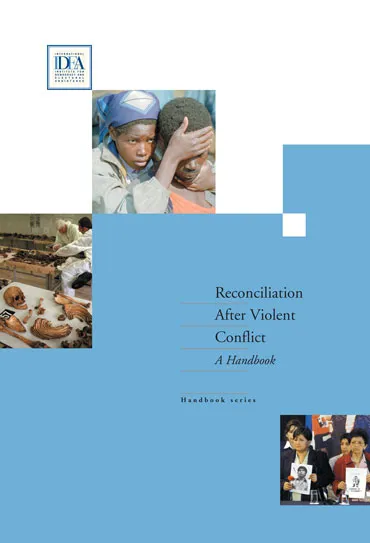
| Total views | 16275 |
|---|---|
| Downloads | 217 |
| Rating |
Give us feedback
Do you have a question or feedback about this publication? Leave us your feedback, and we’ll get back to you
Send feedback